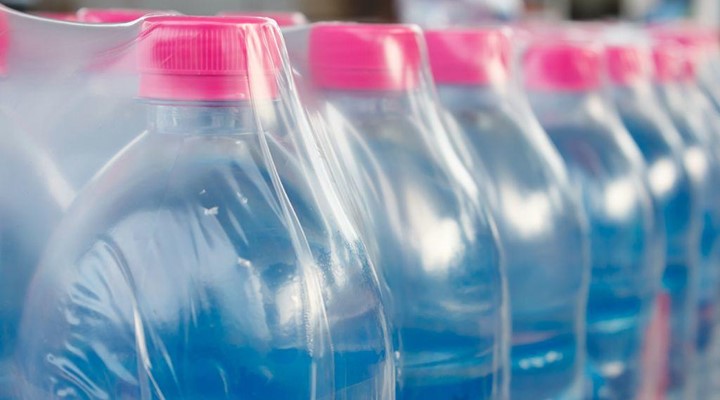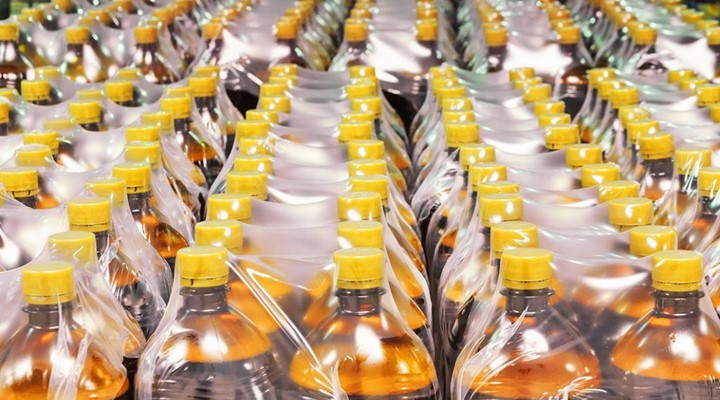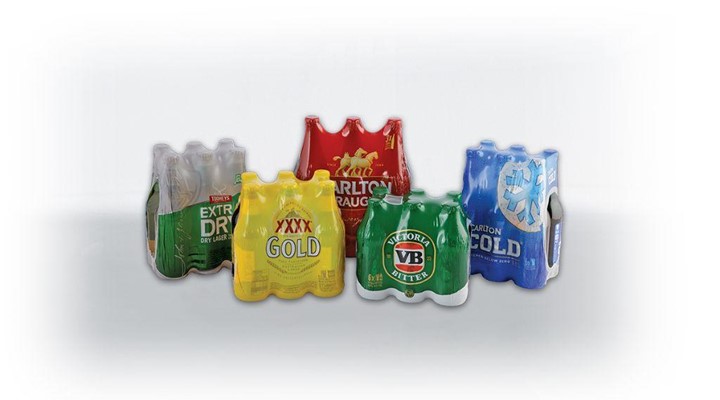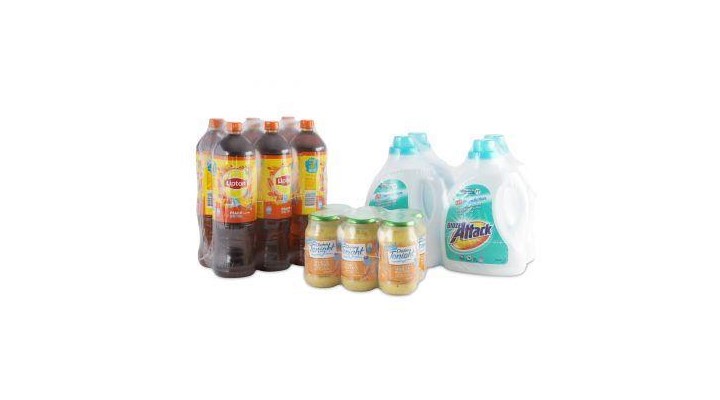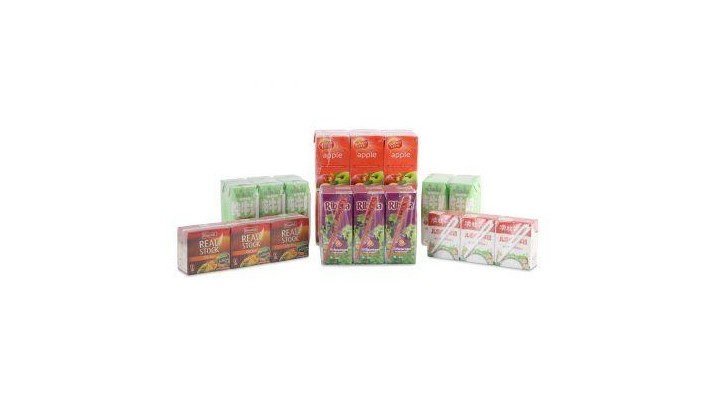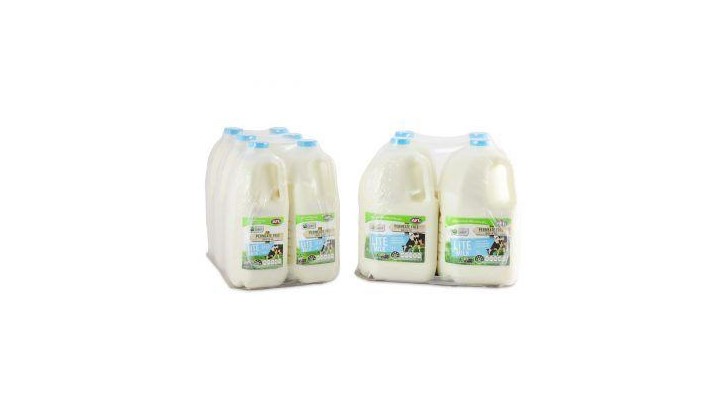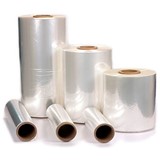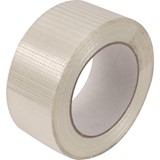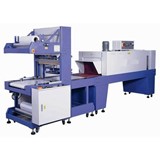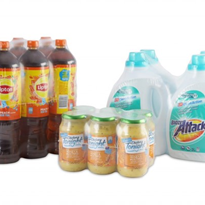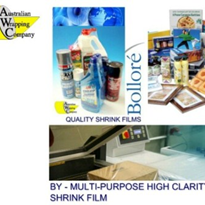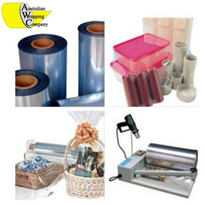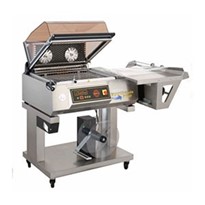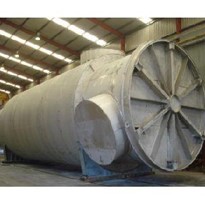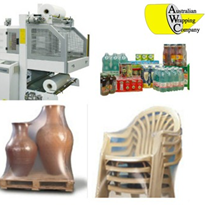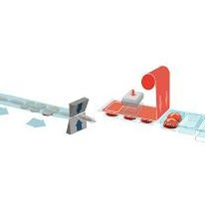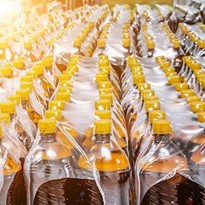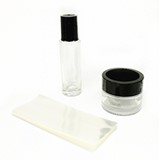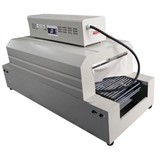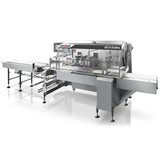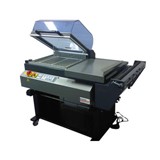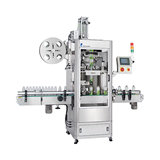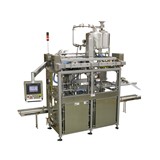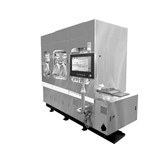One of the most important issues for the packaging industry is achieving sustainability in all its production processes, extending from manufacturing, packaging, transport, through to the hands of the consumer.
Cluster packaging has been a go-to of the beverages industry for many years. Cluster packs are solid card sleeves that wrap around multiple bottles or cans which groups them together.
High wet strength cardboard often used in cluster packaging is not always recyclable and may not be the most sustainable option available. The rise of flexible film packaging – and in particular shrink film – means a practical alternative is available to improve sustainability in the beverage industry.
Less total mass
Use of shrink film can result in less packaging produced (in terms of mass) than with high wet strength cardboard. Integrated Packaging research indicates that the mass of cluster packaging can be 3.5 times higher than the mass of shrink film used for beverages.
The reduced length, width and thickness of shrink film can mean that despite cardboard’s recyclability, less product can end up going to landfill when shrink film is used.
More sustainable to manufacture
A key metric of sustainability is the greenhouse gas (GHG) emitted during manufacturing and disposal of packaging products. Research suggests that C02 emissions can be up to 80 per cent higher during the manufacturing of cluster packaging (compared to shrink film), while anaerobic degradation in cardboard and paper means the GHG emissions at landfill are also higher for cluster.

Less energy to manufacture
The manufacturing process for cluster packaging in the beverage industry can require greater levels of energy than for shrink film as well. In fact, our research suggests that cluster manufacturing requires 25% more energy than shrink film.
As energy costs for businesses continue to rise, this will be a crucial metric for companies reviewing their packaging model.
Less material per pallet
Across several variables, shrink film requires less material to produce and ship compared to cluster:
- More packs per pallet means fewer pallets shipped with shrink film.
- This results in lower fuel costs for transporting shrink film-wrapped products.
- This creates a reduction in forklift operation and manual labour.
Sustainable disposal options for soft plastic packaging
Recycling incentives like the REDcycle™ Program makes it easy for consumers to keep plastic bags and packaging out of landfill.
For more information on how to participate with the REDcycle™ program visit: https://www.redcycle.net.au/
While cluster has many benefits for beverage industry operators, shrink film is emerging as a sustainable option for anyone looking to reduce waste and mitigate their emissions throughout production. For more information on the benefits of flexible plastics, contact Integrated Packaging Group.


